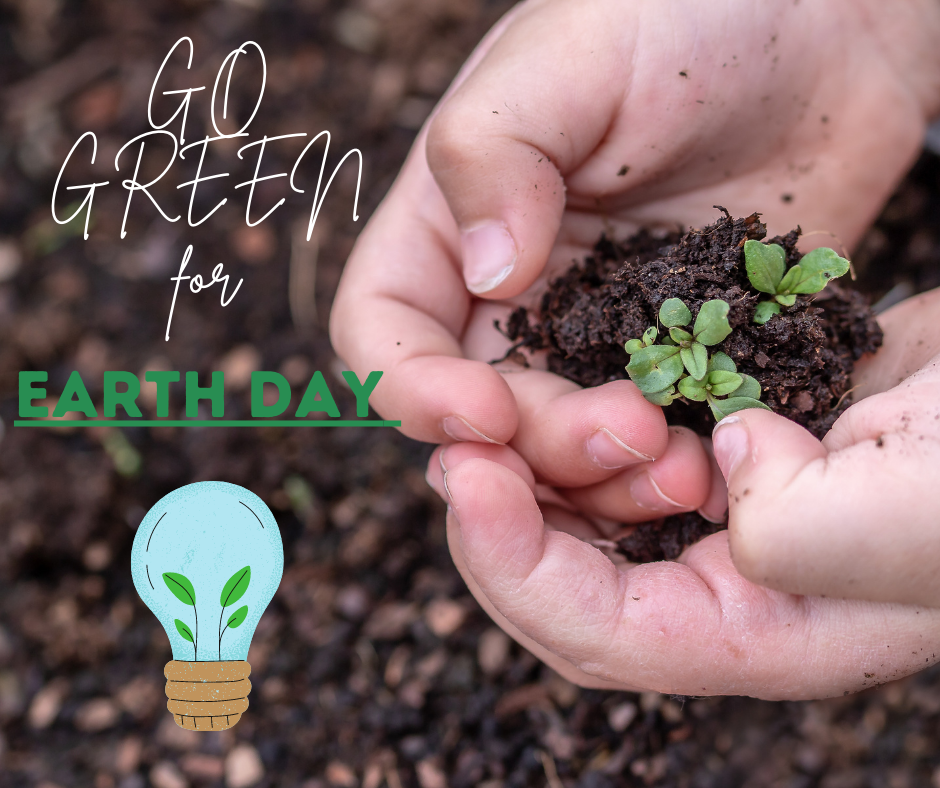On April 22nd, as the beauty of Spring is in full bloom, the world takes a day to celebrate and support Earth. For over half a century, Earth Day has served as a time to reflect on the amazing biodiversity of our planet and our impact on the environment. It’s a time when we show gratitude for all that the Earth gives us and make an effort to give back.
But how did Earth Day get started? And how did it turn into the day of observance and eco-friendliness that it’s become? Here’s a quick timeline that shows how Earth Day has evolved.
Related Reading: Try These Eco-Friendly Activities on Earth Day
1970: The First Earth Day
On April 22, 1970, it all began. The first Earth Day was held on this day in response to growing environmental and cultural concerns. At the time, the Environmental Protection Agency (EPA) didn’t exist. Smog was choking out major cities, oil spills were coating beaches, Silent Spring alerted people to the real dangers of pesticides and the chemical waste caused a Cleveland river to catch on fire.
The negative impact development was having on the environment was painfully clear, and people were feeling the effects of it. Originally, Earth Day was meant to be a large-scale demonstration not unlike the Vietnam War protests. It was meant to draw attention to the need for change and that pollution was a serious health and humanitarian issue.
During the initial event over 20 million people in the U.S. ended up participating. The founder Senator Gaylord Nelson, could never have imagined the incredible response to the first Earth Day or how it would quickly become an international event. But it had the impact that Nelson intended. Soon after that first Earth Day the EPA, Natural Resources Defense Council and Greenpeace were founded.
1971: The United Nations Recognizes Earth Day
Just one year after the first Earth Day the United Nations recognized the event. It helped add legitimacy to Earth Day and brought attention to the cause in nations around the world.
1980: Canada Has Its First Earth Day
While Earth Day was still a largely American event, by 1980 other countries were beginning to get on board by organizing their own events. That year Canada held it’s first ever Earth Day. It led the way for more countries to begin hosting their own Earth Day events and celebrations to promote awareness.
1990: 200 Million Participate in Earth Day on the 20th Anniversary
Twenty years after the first Earth Day, a major milestone was reached. In 1990 it was estimated that 200 million people worldwide participated in Earth Day events. Fortunately, that number has continued to grow and this year 1 billion people in over 190 countries are expected to take part.
2007: Chicago Sets an Earth Day Attendance Record
Chicago showed the world that Earth Day was bigger than ever in 2007. That year the city set the world record for having the most people in attendance at an Earth Day event. Over 40,000 people showed up at Lincoln Park Zoo to celebrate. In 2017 the city repeated the feat, with 40,000 people participating in the Earth Day March for Science event.
2016: World Leaders Sign the Paris Agreement on Earth Day
In a symbolic gesture, the Paris Agreement, a landmark global initiative to reduce carbon emissions, was opened for signatures on April 22, 2016. During a ceremony in New York City 175 world leaders signed the Paris Agreement. Unfortunately, President Barack Obama wasn’t able to sign the agreement until August. Because Congress wouldn’t give consent, he had to get an executive order to do so.
2020: Earth Day Persists Through the Pandemic
The year 2020 proved that even a global pandemic isn’t going to prevent Earth Day from happening. It was also an important milestone because it was Earth Day’s 50th anniversary. Ironically, the unrest and dissatisfaction at the time was reminiscent of the public sentiment in 1970 when Earth Day began.
With over a third of the planet on lockdown, large-scale events with thousands of people weren’t possible. Instead, the Earth Day Network went all digital in 2020. Using social media and streaming, Earth Day 2020 was able to take on a new form with 24 hours of online events that drew people together from all over the world. It showed just how important the mission is and how concerned people are for the health of our planet.
Today, we are at a pivotal point. The latest research makes it clear that if we don’t take action and make significant efforts to curb climate change it will permanently affect our world in ways that make life less sustainable. Now more than ever, Earth Day is needed to bring awareness and help individuals as well as world leaders make the change that is necessary to protect our natural resources.
At Verde Energy we treat every day like Earth Day. Our energy plans supportrenewable resources that don’t add to your carbon footprint. This Earth Day make a decision that will have a positive impact month after month – find out if Verde Energy plans are available in your area.



